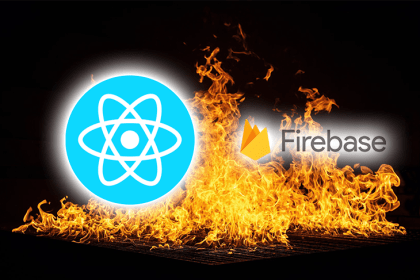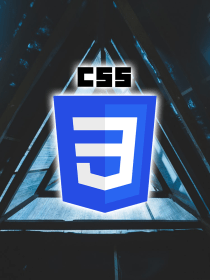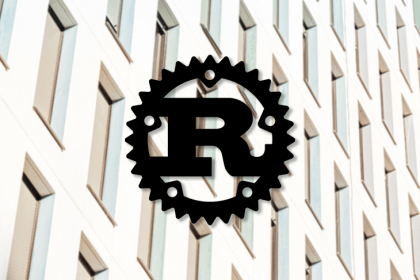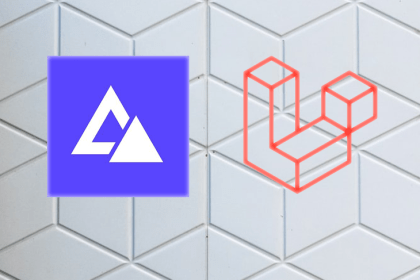
This tutorial shows you how to create a simple Google Keep clone using Firebase and React that allows users to write a title for their notes and input text in the body.

In this tutorial, we’ll build a Deno application that sends mail to another user using Deno’s SMTP mail client.

Learn about Chrome’s best features and find out how to apply them to optimize your experience with your browser.

We demonstrate how to use Recoil, a lightweight state management library for React, to persist user preferences in a reusable code block component.

Make the design of your site a little more interesting with CSS triangles. This tutorial shows you how to manipulate the borders, height, and width of simple images with CSS.

Create React App 4.0.0 is a major release and it comes with some awesome features. Learn more about the new features and notable changes.

Looking for the best of the best? Check out the top eight high-performance external services for Rust right here.

We round up five CSS pseudo-elements you probably haven’t heard of to help you write less JavaScript and clean up your code.

In this tutorial, we’ll review some best practices and demonstrate how to handle errors, set up a debugger, and trace errors efficiently in Vue.js.

Here, you can get a quick introduction to FastAPI and learn how to set up a GraphQL server with it.

Browser compatibility has always been an issue. Here, we discuss how Google Chrome intends to solve this problem.

Compare Laravel and AdonisJs with this tutorial highlighting the best and worst features of each framework.